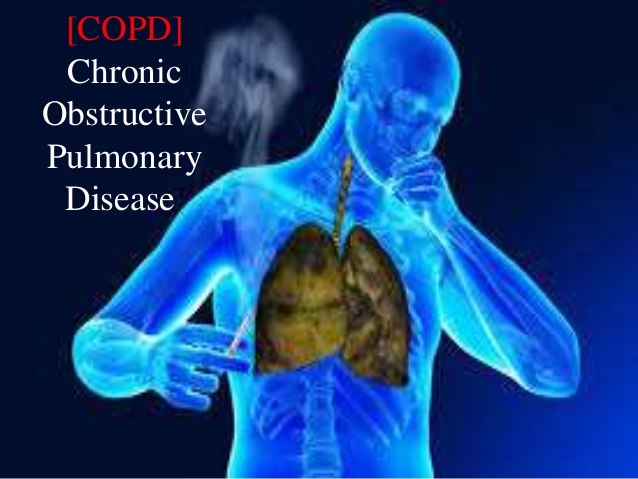introduction
Chronic obstructive pulmonary disease, commonly referred to as COPD, is a debilitating respiratory condition characterized by the presence of emphysema and chronic bronchitis . Like other chronic diseases, COPD usually takes time to develop. Of the 24 million individuals in the United States that suffer from COPD half are undiagnosed and not aware they are living with the condition. Breathing can be a labored task for individuals with COPD and at times they may experience a quick onset of symptoms. These instances are referred to as exacerbations and can limit individuals from participating in intended activities. Activities a healthy individual may consider routine such as attending sporting events, going to the park, and attending family functions can at times be overwhelming for individuals suffering from COPD. COPD exacerbations, characterized by shortness of breath, shallow breathing, wheezing, and coughing, can be triggered by a change in air-quality, overexertion, and/or a pulmonary infection . If not treated properly these episodes can lead to fatigue and an altered state of mind caused by a lower than normal concentration of oxygen in the arterial blood, which is referred to as hypoxia and is why some individuals suffering from COPD use oxygen treatment .
Overview of COPD
William Briscoe was the first person to use the term “Chronic obstructive pulmonary disease” in 1966 as part of the 9th Emphysema Conference held in Aspen Colorado . COPD is defined as “a disease state characterized by the presence of airflow obstruction due to chronic bronchitis or emphysema” More recent definitions have used clinical criteria based on the ratio of FEV1 and FVC . FEV1, forced expiratory volume in 1 second, provides a measure of the volume of air forced out of the lungs in one second, and FVC, forced vital capacity, measures the amount of air one can forcibly breathe out after taking the deepest breath possible .Although there is an understood link between smoking and COPD , it is now known that as many as 20% of COPD patients never smoked cigarettes which could suggest that COPD from occupational exposures is a problem .
Mineral and Organic Dusts
Dust is everywhere. When items found in nature start to breakdown, tiny pieces are released into air. These tiny pieces include anything from dead skin cells to weathered rock. However, not all dust come from natural deterioration of substances. Such occupations as mining, farming, and construction generate considerable amounts of dust. The types of dust found in work environments include mineral dusts, which are mostly inorganic, and organic dusts.diseases such as silicosis and asbestosis. Concrete workers, in particular, experience
high levels of exposure to silica dust . Other occupational groups commonly experiencing disproportionally high levels of mineral dust exposure include coal miners, gold miners, and hydraulic fracturing workers
Possible Biological Mechanism
Respiratory irritants can be deposited in the respiratory tract and other adjacent pathways. Those which end up being deposited in the gas exchanging parts of the lungs cause injuries to the airway mucosal cells and the physiological responses cause secretions of mucus along with airway narrowing to the pulmonary tissue cells . Obliteration within bronchioles has been shown to occur after the inhalation of irritants .Respiratory irritants are differentiated from sensitizers by their mechanisms. Irritants typically have a quicker onset and more of a toxic effect as compared to sensitizers that induce inflammation and more of an allergic style reaction . Airway sensitizers fall into 4 main categories: chemicals, animal origin, plant origin, and microorganisms . The major pathological reaction caused by organic dust is inflammation . Through activation of macrophages, there is a secretion of inflammatory cytokines, which serve as messenger cells, and that signal for the migration of inflammatory cells into the lungs and the airways . Inflammation is the human body’s immune response to speed up the healing process. In this case the inflammation can lead to secretions, coughing, and swelling.



